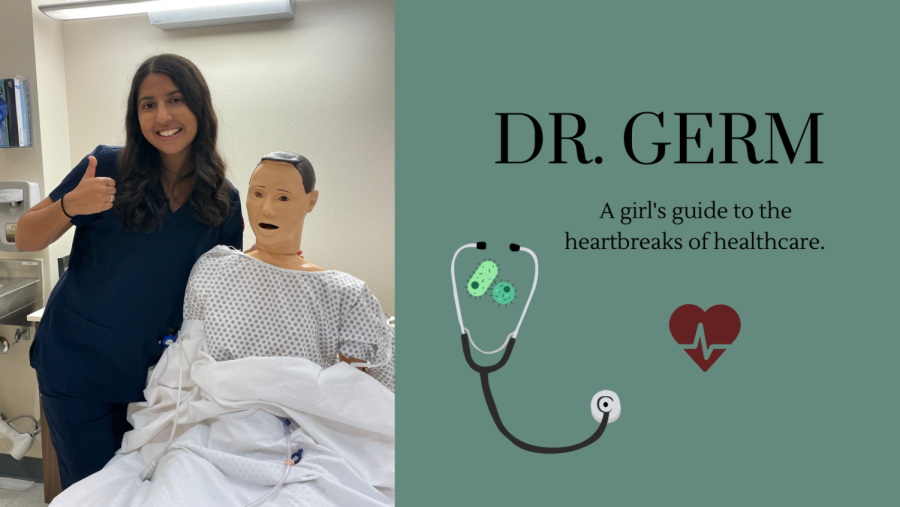In this weekly blog, staff reporter Shannon Christian writes about the myths of healthcare and how it impacts students.
Dr. Germ: good germ bad germ
Germs cover every surface in the world. Each expanse of skin, and even every microscopic piece of dirt. The intrigue lies in how many people perceive germs. To many, the word itself has a negative connotation, germy. Some may cringe at the idea of contracting illness from an invisible organism, however, many germs aid us in daily life.
Germs can be identified as the four prominent microorganisms: bacteria, viruses, fungi, and protozoa. While each of these four species play a magnanimous role in human life, bacteria can be identified as the most common, and most interacted-with microorganism in humans.
Bacteria are also living organisms, occupying space on and inside of the human body. That is where we can identify the beneficial bacteria in human life: the ones that help the body to function. This includes gut flora, which reside in the digestive tract and maintain the acidity of the stomach as well as digestive enzymes. These bacteria in the digestive tract also aid in defending against pathogens that may enter the body. Lactic acid bacteria are also beneficial to the human body as they can boost immunity and aid in metabolism. The foreign organisms are able to defend the human body from being harmed by other microorganisms.
Bad bacteria is also an important aspect of our lives as it can dictate how we live. By washing our hands before eating, keeping our food stored in fridges, and making sure to sneeze into our elbows, we are eliminating the risk of spreading bacteria. The bad bacteria, that is, known as pathogenic bacteria which are disease causing agents.
By keeping healthy habits to eliminate the spread of pathogens, and finding ways of maintaining the beneficial bacteria in our bodies such as gut flora, finding a balance of interactions with microscopic bacteria allows for human life to persist.
Many people have been occupied with the thought of bacteria as a malevolent force in human existence, when really, these microorganisms can serve as a benefit in daily life. It is completely and wholly true that bacteria do contribute to a majority of illnesses present in the world, however to dismiss the good bacteria would be a discredit to the microbial community. Just like bigger organisms, like wild animals and humans, there are the good and bad microorganisms like the bacteria that help us and the ones that hurt us.
